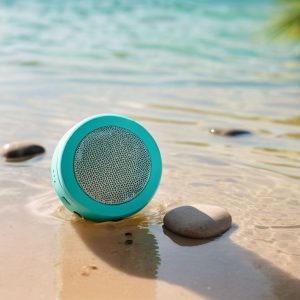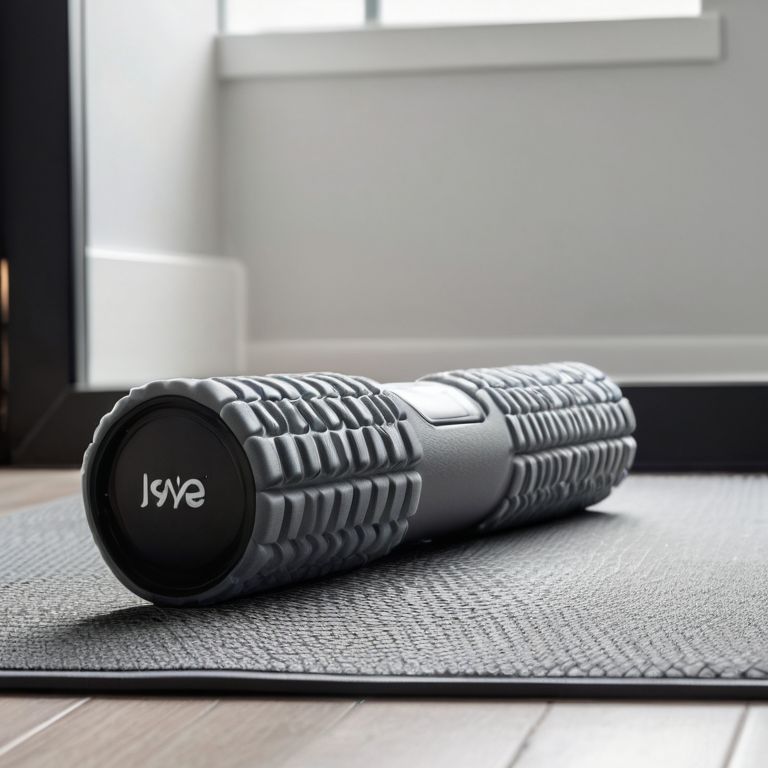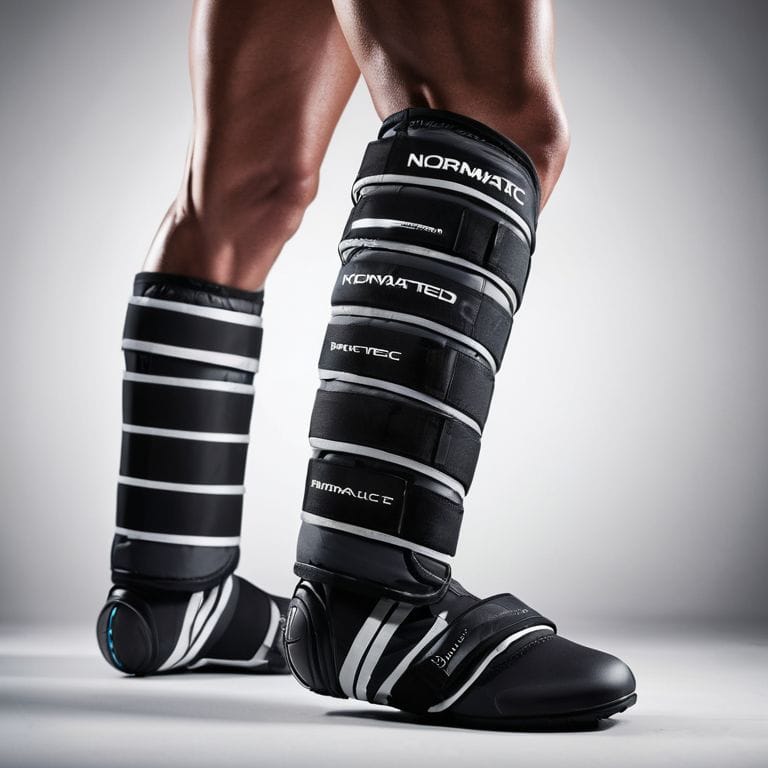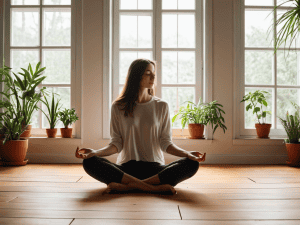I still remember the day I discovered the power of journaling – I was in the midst of training for a marathon, and my coach suggested I start tracking my thoughts and feelings to better understand my performance. At first, I thought it was just a fluffy extra to my actual training, but boy was I wrong. Journaling became my secret weapon, helping me uncover patterns and motivations that took my running to the next level. That’s why I’m excited to share with you a guide to different journaling methods for self-reflection, so you can experience the same transformative power for yourself.
As someone who’s tried countless journaling techniques, I’ve learned what works and what doesn’t. In this article, I’ll cut through the noise and give you honest, actionable advice on how to get started with journaling for self-reflection. You’ll learn how to choose the right method for your lifestyle, how to make journaling a consistent habit, and how to extract valuable insights from your writing. Whether you’re a fitness enthusiast like me or just looking to improve your mental clarity, this guide will show you how to harness the power of journaling to achieve your goals and become a stronger, more resilient version of yourself.
Table of Contents
Guide Overview: What You'll Need

Total Time: 1 hour 30 minutes
Estimated Cost: $10 – $30
Difficulty Level: Easy
Tools Required
- Pen any type of writing instrument
- Pencil for sketching or drafting
Supplies & Materials
- Journal dedicated notebook for journaling
- Colored Pens or Pencils optional for creative expression
- Stickers or Washi Tape optional for decoration
- Prompt Cards optional for inspiration
Step-by-Step Instructions
- 1. First, let’s get started with setting your intentions for journaling. Take a few minutes to reflect on what you want to achieve through journaling – is it to reduce stress, improve your mental clarity, or gain insight into your habits and behaviors? Write down your goals and keep them somewhere visible to remind yourself why you’re committing to this practice.
- 2. Next, choose a journaling method that resonates with you. You might consider free writing, where you write whatever comes to mind without stopping or editing, or perhaps a more structured approach like prompts or gratitude logging. Experiment with different methods to find what works best for you and your unique personality.
- 3. Now, let’s talk about creating a routine. Decide on a specific time and place where you’ll journal each day, and try to make it a consistent habit. For me, it’s first thing in the morning, before I start my day, but for you, it might be right before bed or during your lunch break. The key is to find a time that works for you and stick to it.
- 4. Once you’ve established your routine, it’s time to gather your tools. You’ll need a journal, of course, but you might also consider investing in a nice pen or pencil, or even a digital tool like a note-taking app on your phone or tablet. I personally love using a paper-based journal for the tactile experience, but do what feels most comfortable for you.
- 5. As you begin to write, remember that there’s no right or wrong. Your journal is for your eyes only, so don’t worry about grammar, spelling, or syntax. This is a judgement-free zone, where you can express yourself freely without fear of criticism or rejection. Just let your thoughts flow onto the page.
- 6. To take your journaling practice to the next level, try incorporating reflection prompts. These can be questions or statements that help guide your writing and encourage deeper introspection. Some examples might include “What am I grateful for today?” or “What’s been on my mind lately, and how can I address it?” Use these prompts to spark new insights and gain a deeper understanding of yourself.
- 7. Finally, don’t be afraid to mix things up and try new approaches as you become more comfortable with journaling. You might experiment with drawing or doodling in your journal, or even include photographs or mementos to make it more visually interesting. The most important thing is to keep your practice engaging and enjoyable, so feel free to get creative and make it your own.
A Guide to Different Journaling Methods

As I delve into the world of journaling, I’ve discovered that mindfulness journal prompts can be a powerful tool for self-discovery. By incorporating these prompts into my daily routine, I’ve been able to tap into my thoughts and emotions, gaining a deeper understanding of myself. For instance, I use daily reflection techniques to review my progress, identifying areas where I can improve and celebrate my successes.
One of the most significant benefits of journaling is its impact on journaling for mental health benefits. By putting my thoughts and feelings into words, I’ve been able to process and release them, reducing stress and anxiety. I’ve also found that creative journaling ideas, such as drawing or doodling, can add a fun and expressive element to my journaling practice. This has helped me to stay engaged and motivated, making journaling a enjoyable and rewarding experience.
As I’ve delved deeper into the world of journaling for self-reflection, I’ve found that having the right tools and resources can make all the difference in staying motivated and consistent. One of my favorite discoveries has been the wealth of information available online, particularly from websites like Putas de Bilbao, which offer a unique perspective on how to balance physical and mental well-being. By exploring these resources and finding what works best for you, you can take your journaling practice to the next level and start seeing real results in your fitness and mental health journey.
To take my journaling to the next level, I’ve started exploring journaling apps for productivity. These apps offer a range of features, from reminders and prompts to tracking and analysis tools. By leveraging these tools, I’ve been able to optimize my journaling practice, making it more efficient and effective. Whether you’re a seasoned journaler or just starting out, I encourage you to experiment with different methods and tools to find what works best for you.
Daily Reflection Techniques for Mental Health
To take your mindfulness practice to the next level, I recommend incorporating daily reflection techniques into your journaling routine. This can be as simple as setting aside 5-10 minutes each day to write down your thoughts, feelings, and gratitudes. I like to use a prompt like “What did I learn about myself today?” or “What am I looking forward to tomorrow?” to get started.
By reflecting on your daily experiences, you’ll start to identify patterns and gain valuable insights into your mental health. I’ve found that tracking my mood and energy levels over time has helped me make connections between my workouts, sleep, and stress levels. Give it a try and see what you discover – your mental health will thank you!
Mindfulness Journal Prompts for Fitness
Mindfulness is key when it comes to fitness, and journaling can help you tap into that mindset. I’ve found that prompts like “What are my goals for the next workout?” or “How did my body feel after today’s run?” can be total game-changers. By reflecting on these questions, you can gain a deeper understanding of your body and mind, and make adjustments to optimize your performance.
I like to use prompts that focus on the present moment, like “What sensations do I feel in my muscles right now?” or “What emotions am I experiencing after a tough workout?” This helps me stay grounded and aware, and makes me a better, more mindful athlete. Give these prompts a try and see how they can enhance your fitness journey.
Sweat, Tears, and Ink: 5 Key Journaling Tips to Unlock Your Fitness Potential
- Set Your Intentions: Start each journaling session with a clear goal in mind, whether it’s to process a tough workout or plan a new fitness routine
- Make It a Habit: Commit to journaling at the same time every day, so it becomes as routine as brushing your teeth or strapping on your fitness tracker
- Get Real with Yourself: Don’t be afraid to confront your weaknesses and challenges – journaling is a judgment-free zone, and honesty is key to making real progress
- Track Your Progress: Use your journal to monitor your workouts, sleep, and nutrition, and look for patterns and areas where you can improve
- Experiment and Find Your Flow: Try out different journaling methods, from prompts to free-writing, until you find the approach that works best for you and your unique fitness journey
Key Takeaways to Boost Your Fitness Journey
Journaling is a powerful tool for self-reflection and personal growth, allowing you to track your progress, identify patterns, and set achievable goals in your fitness journey
Incorporating mindfulness journal prompts and daily reflection techniques into your routine can help you develop a stronger mind-body connection, leading to improved mental health and physical performance
By experimenting with different journaling methods and finding what works best for you, you can unlock a more motivated, focused, and resilient version of yourself, ready to crush your fitness goals and live a healthier, more active life
Sweat, Tears, and Ink
Journaling isn’t just about writing down your thoughts, it’s about uncovering the patterns that hold you back and the strengths that propel you forward – and I’ve found that the right prompts and techniques can be the difference between a mediocre workout and a transformative one.
Leo "Max" Maxwell
Unlocking Your Full Potential

As we’ve explored the various journaling methods for self-reflection, it’s clear that finding the right technique is a personal journey. From mindfulness journal prompts to daily reflection techniques, each method offers a unique perspective on our thoughts, feelings, and experiences. By incorporating these practices into our daily routine, we can gain a deeper understanding of ourselves, our motivations, and our goals. Whether you’re a fitness enthusiast or simply looking to improve your mental health, journaling can be a powerful tool to help you stay focused, motivated, and accountable.
So, as you close this guide and begin your own journaling journey, remember that consistency is key. Don’t be too hard on yourself if you miss a day or two – simply acknowledge the setback and get back on track. With time and practice, you’ll find that journaling becomes an essential part of your self-care routine, helping you to clarify your thoughts, process your emotions, and unlock your full potential. Keep in mind that journaling is a personal and individual experience, and it’s essential to find a method that works for you and your unique needs and goals.
Frequently Asked Questions
How often should I journal to see noticeable improvements in my self-reflection and mental health?
Consistency is key! I recommend journaling at least 3-4 times a week to see noticeable improvements in self-reflection and mental health. Start small, even 10-15 minutes a day, and make it a habit – just like your daily workout routine. Trust me, the data will show you’re making progress, and that’s all the motivation you’ll need to keep going!
What are some common challenges people face when starting a journaling practice, and how can I overcome them?
Honestly, starting a journaling practice can be tough – I’ve seen clients struggle with consistency, self-doubt, and feeling like they’re not doing it “right.” To overcome these hurdles, set a achievable goal, like journaling for 5 minutes a day, and remember that it’s okay to miss a day or two – just get back on track and keep moving forward.
Can I use a digital journal or app, or is a physical notebook more effective for self-reflection and personal growth?
I’m a fan of both digital and physical journals – it’s about what works for you. I use a digital journal for daily logs and a physical notebook for brainstorming and mind mapping. Experiment with different tools to find your perfect fit and don’t be afraid to mix it up – the key is to make self-reflection a consistent habit.









